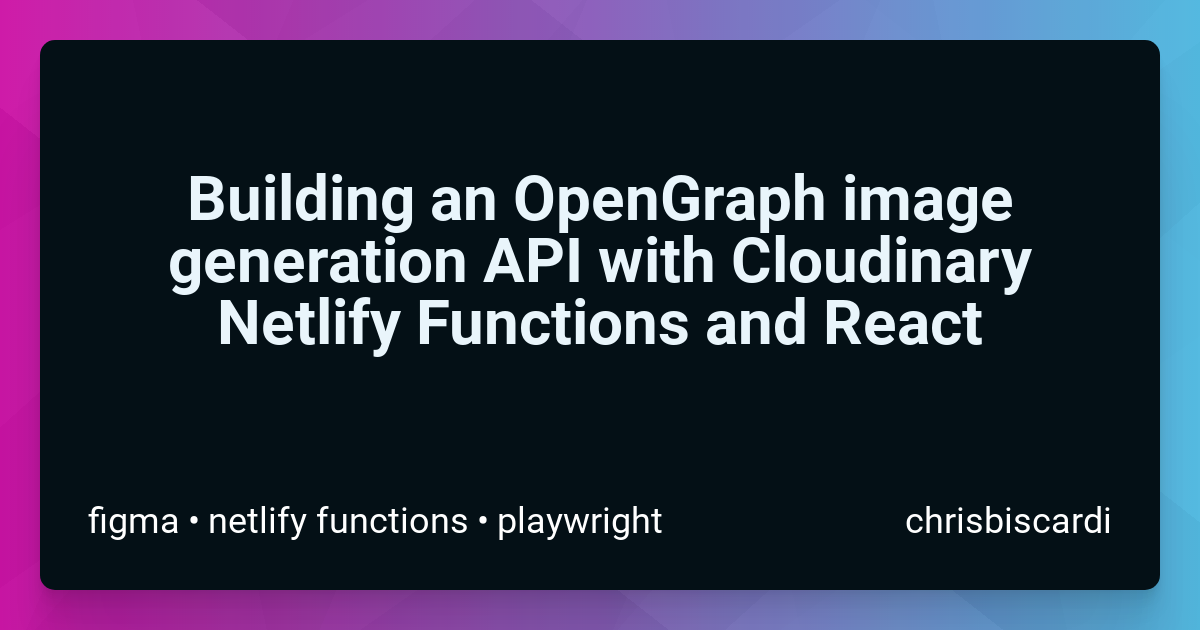Skeleton screens show users that content is loading, offering a vague preview of how content will look once it fully loads. CSS Animations are crucial for the perceived performance purposes since it shows for the user the content is loading by using animations as feedback for whoever is accessing the page. Follow the steps in this course and you will learn how to create a beautiful and pleasant Skeleton Loader for your web app using CSS animations, focusing on Web Accessibility and Web Semantic.
Skeleton screens show users that content is loading, offering a vague preview of how content will look once it fully loads.
CSS Animations are crucial for the perceived performance purposes since it shows for the user the content is loading by using animations as feedback for whoever is accessing the page.
Follow the steps in this course and you will learn how to create a beautiful and pleasant Skeleton Loader for your web app using CSS animations, focusing on Web Accessibility and Web Semantic.


